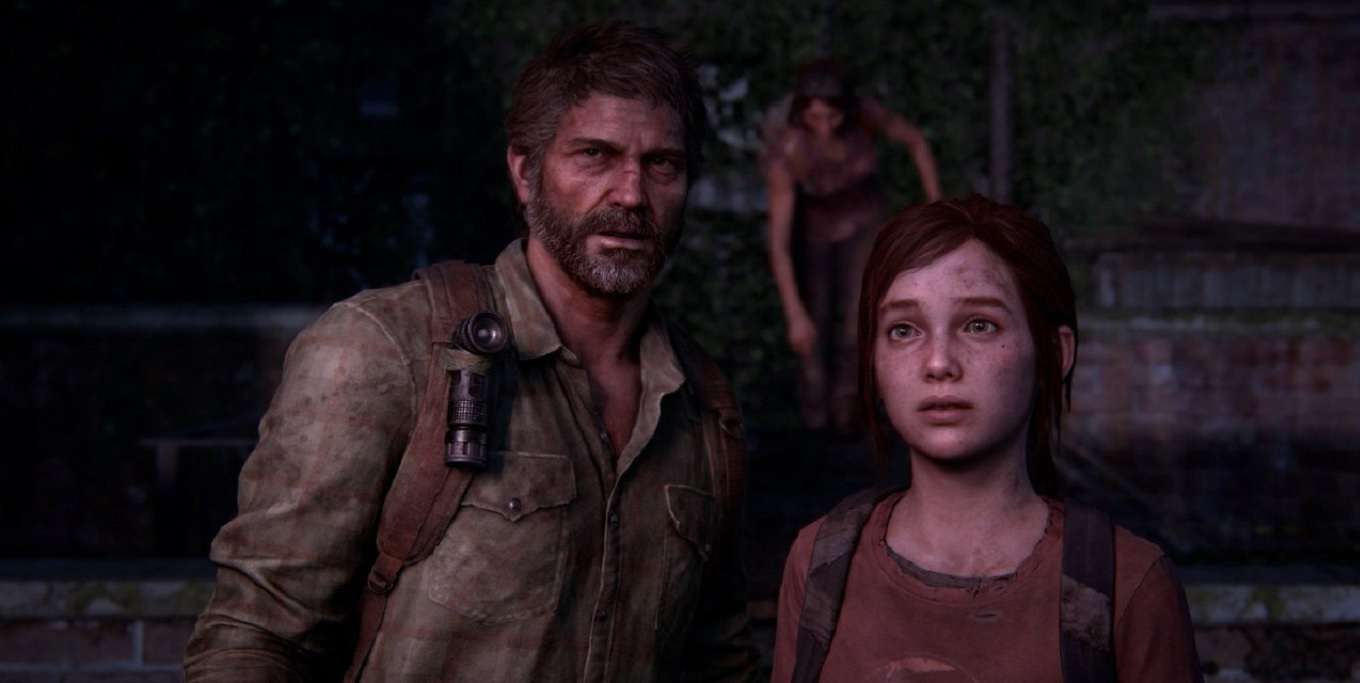The Last of Us, Part One: A Masterpiece of Storytelling in Video Games
Released in 2013, The Last of Us, developed by Naughty Dog and published by Sony Computer Entertainment, remains one of the most critically acclaimed and beloved video games of all time. Set in a post-apocalyptic world overrun by a fungal virus, the game tells a deeply emotional and harrowing story of survival, human connection, and the blurred lines between right and wrong. In this article, we will explore the various elements that make The Last of Us, Part One a masterpiece of storytelling in the gaming industry.
A Gripping Narrative
The Last of Us follows the story of Joel, a grizzled survivor who has lost everything, and Ellie, a young girl immune to the virus. Tasked with escorting Ellie across the country to a group known as the Fireflies, Joel and Ellie must navigate a dangerous and unforgiving world filled with infected creatures and hostile human factions.
The game's narrative stands out for its emotional depth, complex character development, and morally ambiguous choices. Players are drawn into the story through the bonding of Joel and Ellie, as their relationship evolves from mistrust and reluctance to a deep, familial connection. The Last of Us explores themes of loss, love, and the sacrifices individuals are willing to make for those they care about.
Engaging Gameplay Mechanics
The Last of Us combines elements of action, stealth, and survival horror to create an immersive and tense gameplay experience. Players must carefully manage scarce resources, craft makeshift weapons, and employ stealth tactics to avoid or overcome various threats. The game's AI system is designed to provide realistic and dynamic enemy behavior, leading to intense and unpredictable encounters.
The game also features a crafting system that encourages players to scavenge for materials and think strategically about how to use them. This resource management aspect adds a layer of tension and realism, as players must weigh the risks and rewards of scavenging for supplies while avoiding dangerous situations.
Stunning Visuals and Sound Design
The Last of Us is renowned for its breathtaking visuals and immersive sound design, which work together to create a rich and believable game world. The game's environments are meticulously detailed, from dilapidated urban landscapes to lush forests and desolate wastelands. The art direction emphasizes the contrast between the beauty of nature reclaiming the Earth and the brutality of humanity's struggle for survival.
The game's sound design further enhances the player's experience, with an evocative and emotional score composed by Gustavo Santaolalla. The soundtrack complements the game's narrative and tone, providing an additional layer of emotional depth. Additionally, the voice acting performances, particularly those of Troy Baker (Joel) and Ashley Johnson (Ellie), have been lauded for their exceptional quality and ability to convey the complex emotions experienced by the characters.
A Lasting Impact on the Gaming Industry
The Last of Us, Part One has had a profound impact on the gaming industry, setting a new benchmark for storytelling, character development, and cinematic presentation in video games. Its success has influenced the direction of other game developers, demonstrating the potential for video games to tell deep, engaging stories that resonate with players on an emotional level.
The game has garnered numerous awards and accolades, including several "Game of the Year" awards from various publications and organizations. Its enduring popularity and critical acclaim have solidified The Last of Us, Part One as a landmark title in the industry, and its legacy continues to shape the future of gaming.
In conclusion, The Last of Us, Part One is a testament to the power of video games as a storytelling medium. With its gripping narrative, engaging gameplay mechanics, and stunning audiovisual presentation, the game has captivated players and critics alike, leaving an indelible mark on the gaming landscape.






